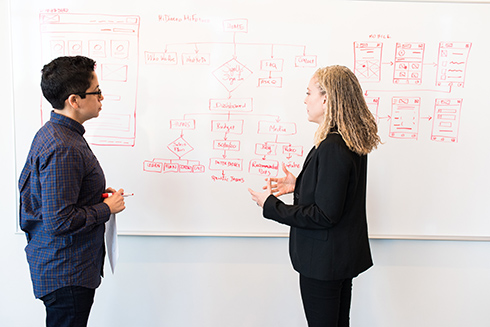
I recently read an interesting article on Rotational Leadership, which is one of the cornerstones of corporate talent development. It was written by a friend, Nicholas Goh, CEO of Verztec Consulting, a leading multilingual communications company headquartered in Singapore.
It was interesting to me not just because it was about talent development or people development, which is something that is close to my heart, but also because it was so much aligned with everything Emergenetics-related, despite being written from a non-Emergenetics background. Let me explain.
In the article, Nicholas explained that if we are leaders being rotated into a new role, the challenge is really to make a positive impact while balancing changes and the status quo. He implied that because individuals are unique, different people will respond differently to what we choose to do and how we exhibit leadership. Translating this to behavioural traits, perhaps we could ask ourselves as we take on a new role:
- Is there a good time to speak up and a good time to listen? (Expressiveness)
- Is there a good time to drive our thoughts across and a good time to maintain harmony? (Assertiveness)
- Is there a good time to stay our ground and a good time to be accommodating? (Flexibility)
He goes on to explain that there are four survival tips when rotating into a new role, which just so happens to coincide entirely with the Emergenetics model.
- Be Objective – this is where we would call on our Analytical (Blue) part of the brain and look at the objective benefits to the organisation and her people. Only by doing so can we make a decision that is properly backed up by reason and logic.
- Engage the People – use our Social (Red) part of the brain to understand where people are coming from and how they are feeling. Sincerity is key to connecting to this part of the brain and only by doing so can we hope to win hearts and not just minds.
- Understand the Big Picture – the Conceptual (Yellow) part of our brain can help us keep the larger corporate objectives, mission, vision or overarching direction of the company in mind and not be lost in the details of the daily grind.
- Life After You – if we engage our Structural (Green) part of our brain, we can ensure that continuity is taken care of and our successors will not have to start from scratch. This is where details, processes and rationale behind changes can be recorded.
We often advise organisations to use our Whole Emergenetics Approach (WEapproach) when making plans or when faced with any decision-making process. In this case, the WEapproach can be used also when considering the steps an individual needs to take whenever he or she is thrust into a new environment or a new role, or when dealing with change.
Talent Development is no easy task, but with the right tools, framework and planning, the complexity of any situation can be minimised and our energies can be channelled to the things we most enjoy doing.
 Print This Post
Print This Post
